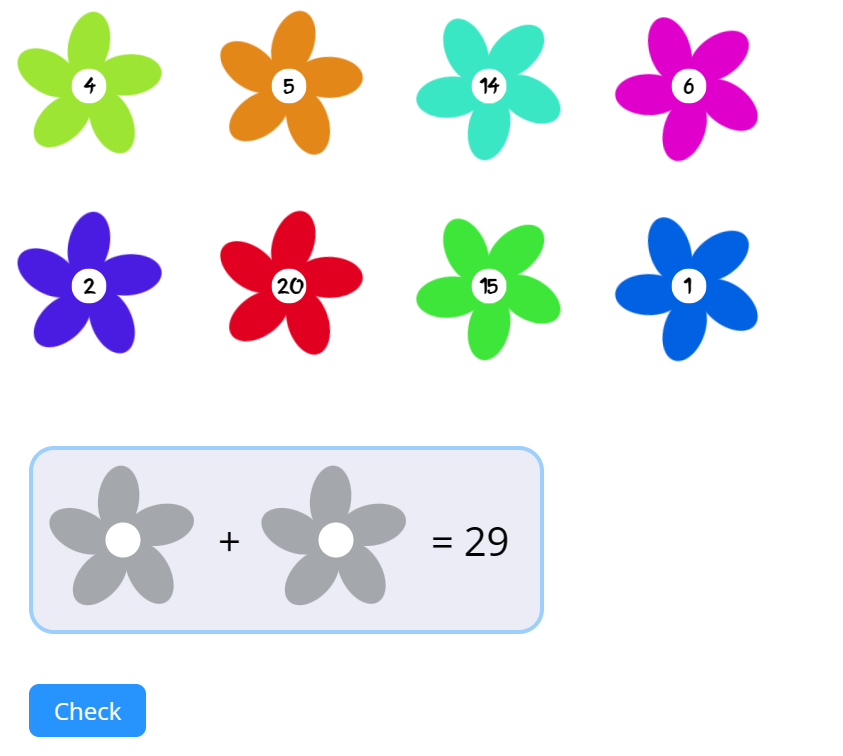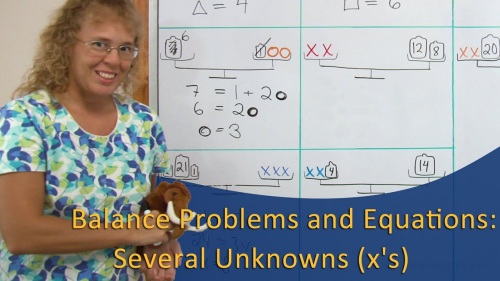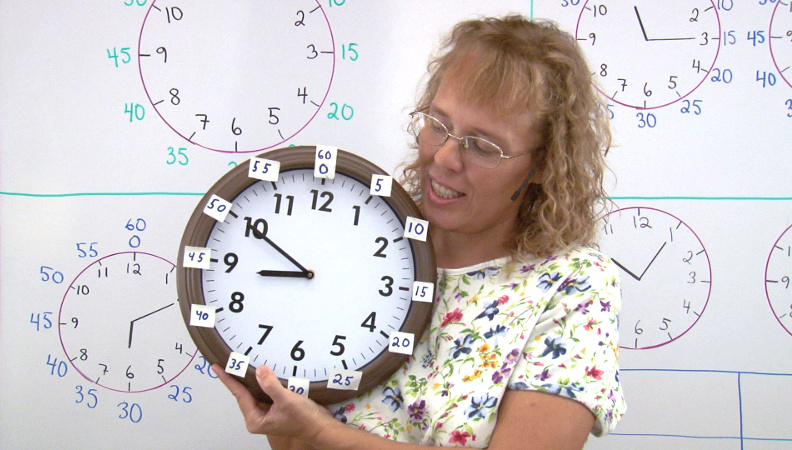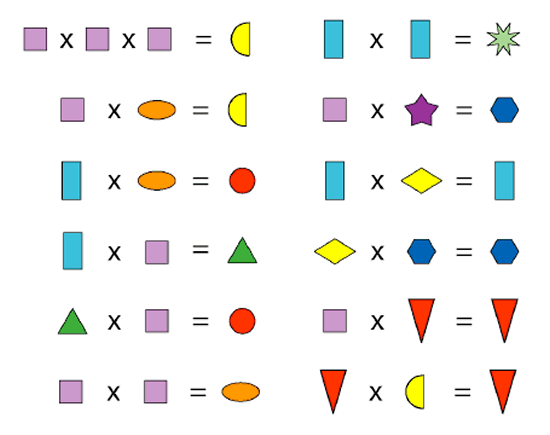 Hello!
Hello!
Welcome again! 😀 |
1. Math Mammoth newsI am still editing videos and adding them both to the website and Youtube. Here's the latest:Pan balance equations (5th grade; 3 videos) Subtract many numbers (1st grade; 3 videos) |
2. Resources for telling time / reading the clockDid you know about the FREE resources for telling time / reading the clock at mathmammoth.com website?I offer both video lessons and online practice activities for that purpose. Check them out here: → Learn to tell time: video lessons & online practice |
3. Algebraic puzzleHere is a neat "algebraic" multiplication puzzle for elementary school children:Shape Times Shape Puzzle These eleven shapes each stand for a different number. Can you work out what they are? (From NRICH - home of "rich" mathematics 😀 ) |
4. Concerning mental mathSomeone stated this to me one time concerning their son..."Also I don't feel he is proficient in mental math addition and subtraction of large numbers either. Ex: 3125 + 6261. I don't know if it's because of me or not enough teaching material to show him or not enough practice for him."I answered the person this way: ...just wanted to drop a short note that I personally would not expect students to do 4-digit addition mentally; I myself don't do that. One characteristics of efficient problem-solvers is that they decide which TOOL is the best & most efficient to use for each calculation. The tools are: your mind, calculator, and paper &pencil. I have included a lot of simple mental math in my books, because your mind clearly is faster for solving 10 × 56 or 25 + 26 than reaching for a calculator, punching in the numbers, and getting the result. But at some point... maybe with 3 or 4-digit additions, the calculator becomes faster. So, I feel students need to know HOW to do such additions on paper and pencil, and HOW to do 3-digit additions even mentally, but when it comes to actual real-life situations, mental addition is not always the best choice... it DEPENDS on the numbers involved, and many other factors. Students DO need to learn mental math also for this reason: it builds "number sense", which then helps them understand algebra. But there's a limit... there's no need to go "overboard" with it, either. See also my article on number talks — short math problems where we let everyone voice how they came up with the answer (using mental math) |
5. Make number sentencesA new game at Math Mammoth Practice: Make Number Sentences ! You're given numbers (in flowers), and an answer to a math sentence. Drag two flowers to the empty slots so that the math sentence is true. Choose any of the four operations — addition, subtraction, multiplication, or division. You can also decide the number range of the numbers used, with the exception of division. This means your addition, subtraction, and multiplication sentences can be with one, two or three-digit numbers, as you wish. Or with negative numbers! For division, the numbers used come from the basic multiplication tables, up to 12 × 12 = 144. (For example, the multiplication fact 6 × 7 = 42 would give rise to the division fact 42 ÷ 7 = 6.) |
6. Just for fun!
Thanks for reading! 🙂 Feel free to forward this issue to a friend/colleague! Subscribe here. Till next time, Maria Miller |
| Privacy & your personal data | Contact | Math Mammoth freebies | Placement tests |
| Complete curriculum | Face to Face with God | Visit us on Facebook | Newsletter Archives |


